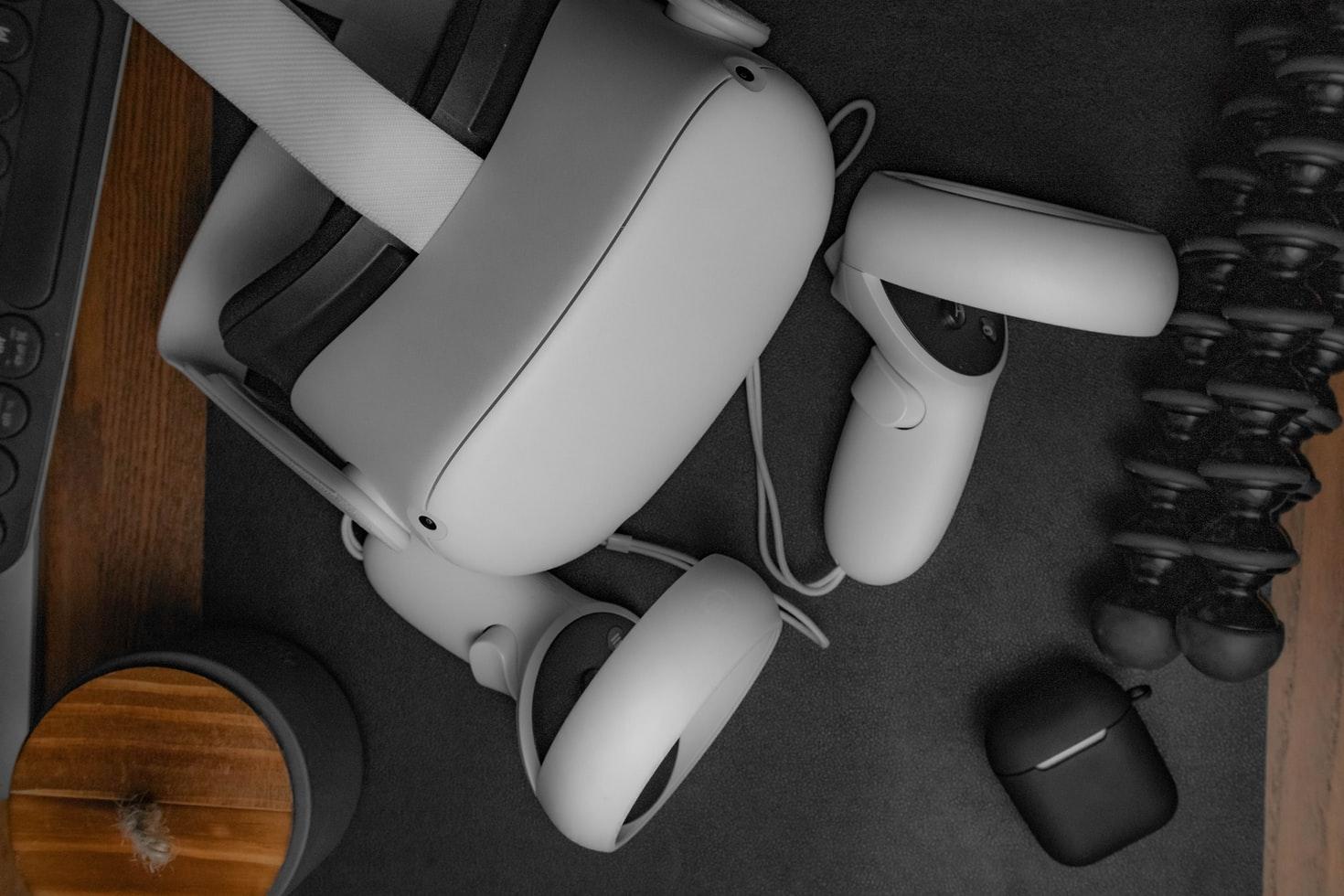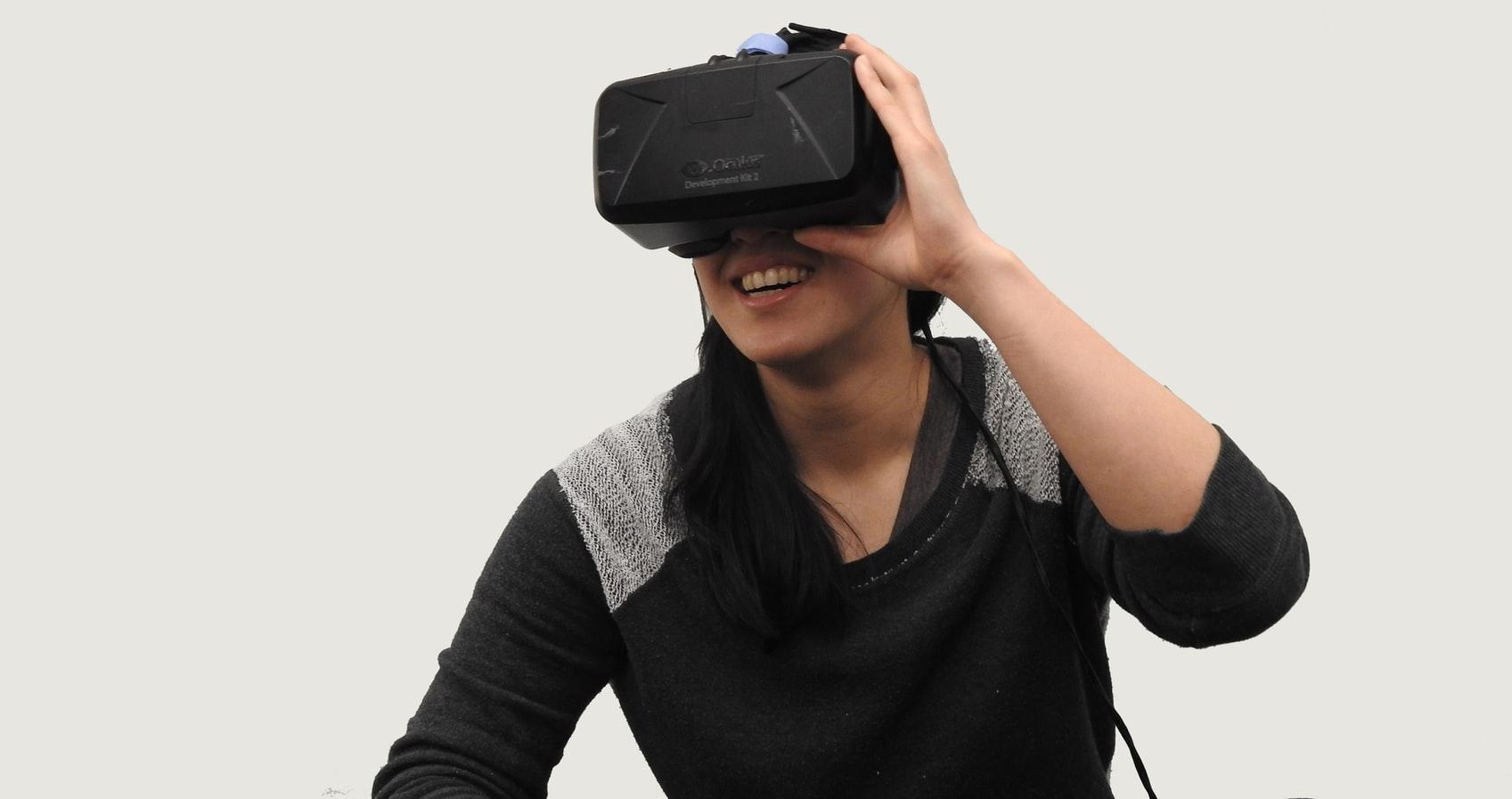NFL Adopts Technology With VR Ventures
Watching the NFL may be one of America’s most traditional pastimes, but the league keeps itself at the forefront of technology. Not only are teams motivated to stay one step ahead of the competition, but league officials are also looking to elevate how they entertain fans.
In the last two decades, VR has become a staple in the league. In fact, it’s used at almost every level, from individual player fitness to stadium staff, to broadcasters. Its uses range from the recreational to the professional, and will only continue to diversify with time.
ad

Will there be a virtual sportsbook where punters can wager on NFL betting odds or a virtual draft for a fantasy league? Both seem possible. At the moment, not many consumers can afford VR headsets and subscription fees. However, much like the NBA is doing with its VR League Pass, the NFL is looking to prepare its platform for when VR finds its way into more homes.
And, once again like the NBA’s League Pass, the NFL has hit a few road bumps. However, most NFL-based ventures have been highly successful, including the STRIVR platform for training and enhanced broadcasting capabilities. Let’s take a closer look.
ad
Enriching the Fan Experience
In the summer of 2020, the NFL Players’ Association penned a deal with Status Pro, a company that develops AR and VR games. The agreement allowed Status Pro to use the image and likeness of certain players to create VR games for Oculus headsets. Shortly after signing the deal, Status Pro announced a deal with Lamar Jackson.
Over one year later, there’s yet to be an update on the status of the video game, which will allow players to immerse themselves into a setting as the NFL MVP. Developers are using actual player data from Jackson’s 2019 season to build out this experience—though it seems to have stalled.
There hasn’t been any news on the Status Pro project. To date, the most popular VR football game isn’t sponsored by the league. Truant Pixel released 2MD: VR Football Evolution on Steam last year.
A New Broadcasting Experience
The only option for VR fans is the NFL’s Immersive VR app, which is the league’s latest plan to overhaul how viewers experience the game remotely. The NFL has partnered with NextVR to create a new broadcasting experience. Users can now watch post-game content like highlights, recaps, and analysis all through an augmented lens.
Users can see through player’s eyes on the field during key moments in the game. They can also check out pre-game and post-game content, as well as watch certain live replays from matches. The idea has proved popular, but the app still lags in terms of ratings. According to reviews, the platform lacks content.
Training & Protecting Players
Clearly, the NFL is working hard to launch unique gaming and viewing experiences for VR and AR platforms. The goal is to stay at the forefront of technology and entertainment in order to engage fans. However, VR’s most successful run in the league has come at the franchise level.
Individual teams, from the Houston Texans to the Minnesota Vikings, are using VR to create immersive experiences for fans. Some devices could even make it into stadiums to allow spectators to try out Virtual reality during halftime.
However, the most valuable application of Virtual reality in the NFL is for player training. The STRIVR platform has been under development for almost a decade. The Virtual reality program allows players to train remotely and under specific conditions.
For example, a quarterback may need to repeat a certain play dozens of times. On the field, this would require other players to line up again and again. A VR platform like STRIVR closely mimics the real-life conditions on the field, allowing players to practice certain scenarios again and again.
STRIVR also mitigates the risk of injury for other players on the field. It’s also mobile, which means coaches can assign homework via Virtual reality training for certain players. Additionally, the program was designed with football in mind, which means it’s tailored to fit into existing workout programs.
ad




Comments are closed.